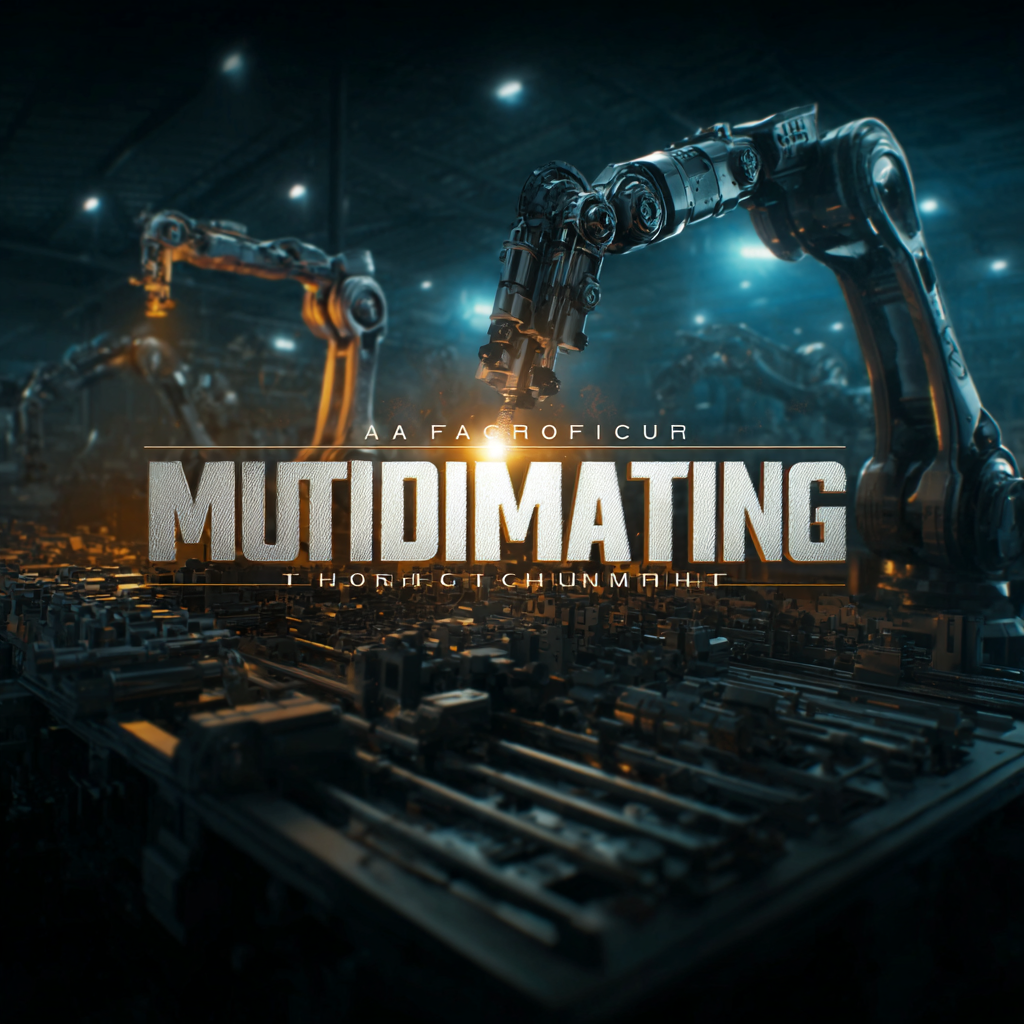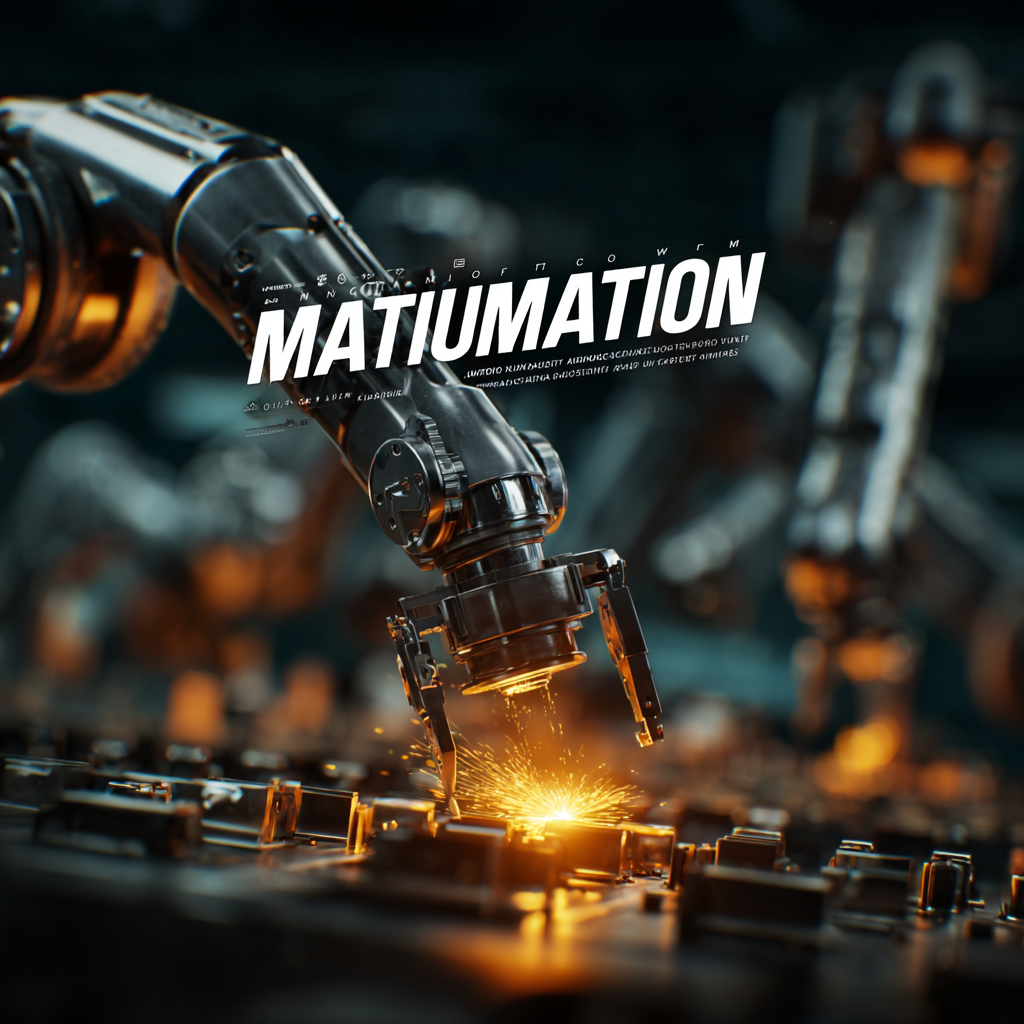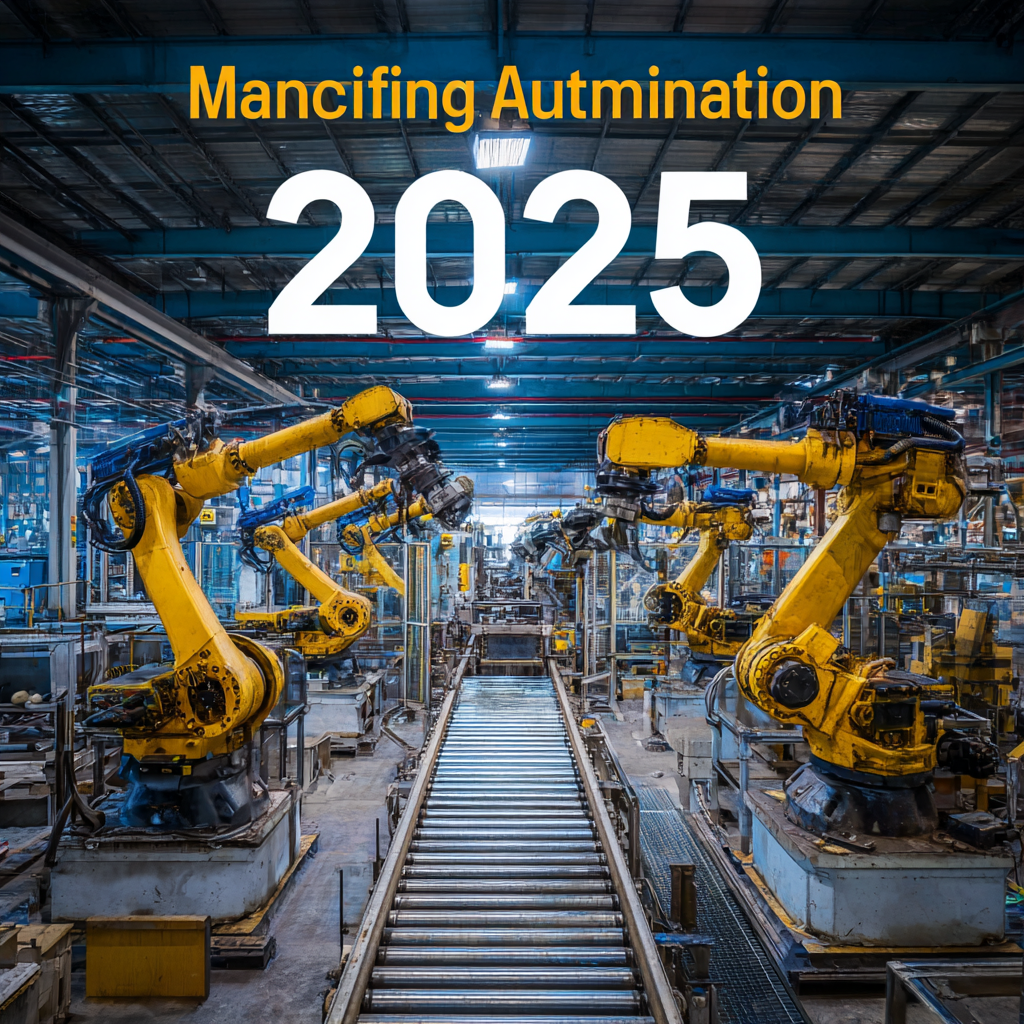As we look toward 2025, the landscape of Manufacturing Automation is poised for transformative changes that underscore the shift from China to global markets. Industry reports indicate that the global manufacturing automation market is projected to reach $300 billion by 2025, driven by the need for enhanced efficiency and quality in production processes. This evolution is not only characterized by technological advancements such as AI and IoT but also by an increasing emphasis on quality, which is crucial for competing on the international stage. Companies that harness innovative automation solutions are better positioned to meet stringent quality demands and navigate the complexities of global supply chains. As we explore the key trends shaping this dynamic field, it is essential to recognize how quality-centric strategies are enabling manufacturers to win in the global marketplace.

As we look towards 2025, the landscape of global manufacturing automation is being reshaped by key innovations that promise to enhance efficiency and sustainability. Cutting-edge technologies such as artificial intelligence (AI), the Internet of Things (IoT), and advanced robotics are leading this transformation. These innovations not only streamline production processes but also create a more interconnected and responsive manufacturing environment. Companies are leveraging data analytics powered by AI to refine their operations, ultimately achieving smarter decision-making and improved productivity.
**Tip:** To stay ahead in this rapidly evolving field, manufacturers should prioritize investing in training programs that equip their workforce with the skills needed to operate advanced technologies. Embracing a culture of continuous learning will ensure that employees can adapt to tech-driven changes.
Moreover, the rise of AI-driven solutions is paving the way for predictive maintenance and real-time monitoring, which significantly reduces downtime and operational costs. As industries increasingly adopt these smart technologies, the emphasis on sustainability remains crucial. Manufacturers are not only looking to enhance their output but also to minimize their environmental footprint.
**Tip:** Consider implementing IoT sensors in production lines to gather real-time data. This data can provide insights into energy consumption, resource allocation, and waste reduction strategies, contributing to a more sustainable manufacturing model.
This bar chart illustrates the anticipated growth in various automation technologies within the global manufacturing sector by 2025. The data highlights key innovations expected to influence efficiency and productivity.
The rise of artificial intelligence (AI) is set to revolutionize the manufacturing sector by transforming traditional processes and enhancing operational efficiency. With the integration of AI technologies, manufacturers can leverage data analytics and machine learning algorithms to optimize production cycles, predict maintenance needs, and improve quality control. Real-time data processing allows for faster decision-making and reduces downtime, creating a more resilient and adaptive manufacturing environment.
Moreover, AI-powered automation tools, such as robotics and smart machinery, are redefining the workforce landscape. These technologies are not only enhancing productivity but also enabling workers to focus on higher-value tasks, fostering innovation and creativity. As companies adopt AI-driven solutions, they can streamline workflows and reduce human error, ensuring that products are manufactured to the highest standards. The trend towards AI in manufacturing is indicative of a broader shift towards smart factories, where interconnected devices communicate seamlessly to drive efficiency and sustainability.
| Trend | Description | Impact on Efficiency | Projected Growth Rate (2025) |
|---|---|---|---|
| Predictive Maintenance | Utilizing AI to predict equipment failures and schedule maintenance. | Reduces unplanned downtime and extends asset life. | 25% |
| Robotic Process Automation (RPA) | Automation of routine tasks using AI-driven robots. | Increases throughput and reduces labor costs. | 30% |
| Smart Factories | Integration of IoT and AI for real-time monitoring and control. | Enhances operational efficiency and product quality. | 35% |
| Supply Chain Optimization | AI models for better demand forecasting and inventory management. | Minimizes waste and improves delivery times. | 28% |
| Quality Control Automation | AI systems for real-time defect detection and analysis. | Enhances product safety and compliance. | 20% |
As we move towards 2025, the manufacturing sector is undergoing a significant transformation driven by the imperative to adopt eco-friendly practices. The integration of sustainability in automation is not just a trend; it's becoming a fundamental principle guiding manufacturers worldwide. Companies are increasingly realizing that implementing energy-efficient technologies and sustainable materials is crucial for regulatory compliance and brand reputation. Automation plays a vital role in this shift, as smart systems can optimize resource usage, reduce waste, and enhance recycling processes.
The adoption of greener manufacturing practices is supported by advancements in automation technologies. For instance, robots equipped with artificial intelligence can monitor energy consumption and adjust processes in real-time to achieve maximum efficiency. Additionally, the implementation of IoT-enabled devices allows manufacturers to track and manage supply chain sustainability more effectively. This digital transformation not only aligns with environmental goals but also leads to significant cost savings and increased productivity, proving that sustainability and automation can go hand in hand in shaping the future of global manufacturing.

The integration of IoT and smart technologies is transforming the manufacturing landscape, creating a new horizon for efficiency and control. As we anticipate developments in 2025, industries are witnessing an exponential rise in the adoption of IoT-connected devices, driving the need for advanced PID controllers. These devices are pivotal in maintaining optimal conditions in various sectors, including oil and gas, chemicals, and food and beverage, by ensuring precise regulation of temperature, flow, and pressure.
The global market for IoT is projected to grow significantly, from $714.48 billion in 2024 to an astonishing $4,062.34 billion by 2032, marking a staggering compound annual growth rate (CAGR) of 24.3%. This surge is expected to further accelerate the deployment of IoT-based asset tracking and monitoring solutions across manufacturing systems, enhancing operational transparency and accountability.
Furthermore, as manufacturers increasingly rely on data-driven insights to optimize processes, the importance of robust and smart PID controllers cannot be overstated, positioning them as indispensable tools for managing complex operations efficiently.
As we look toward 2025, the manufacturing landscape is poised for transformation, primarily driven by the integration of advanced robotics. This shift not only enhances operational efficiency but also complicates workforce dynamics significantly. Advanced robotics technologies, such as collaborative robots (cobots), are designed to work alongside human workers, fostering a new paradigm where humans and machines coexist in the production process. This collaboration aims to augment human capabilities rather than replace them, resulting in a more skilled and adaptable workforce.
However, the introduction of these sophisticated systems will also necessitate a dramatic shift in workforce training and development. Workers will need to gain proficiency in operating and interacting with advanced robotic systems, requiring organizations to invest in continuous education and upskilling initiatives. This evolution may lead to the emergence of roles specifically focused on robot maintenance and programming, as well as an increased demand for data analysis expertise to make informed decisions based on machine-generated insights. As manufacturing environments evolve, businesses must prioritize this harmonious integration to harness the full potential of advanced robotics while ensuring that their workforce is equipped for the challenges ahead.

